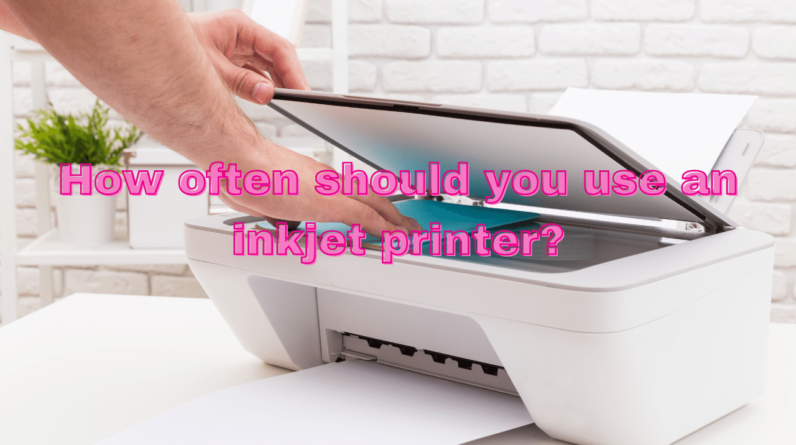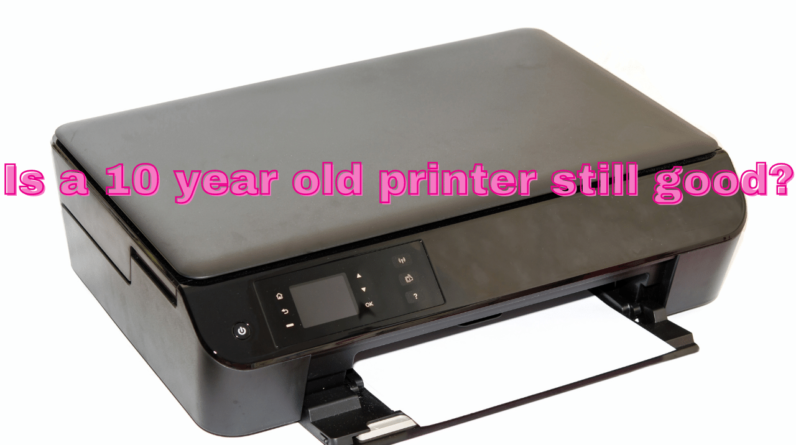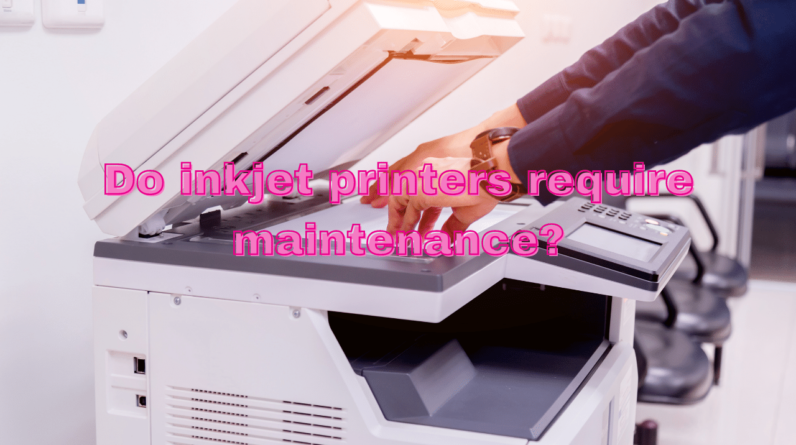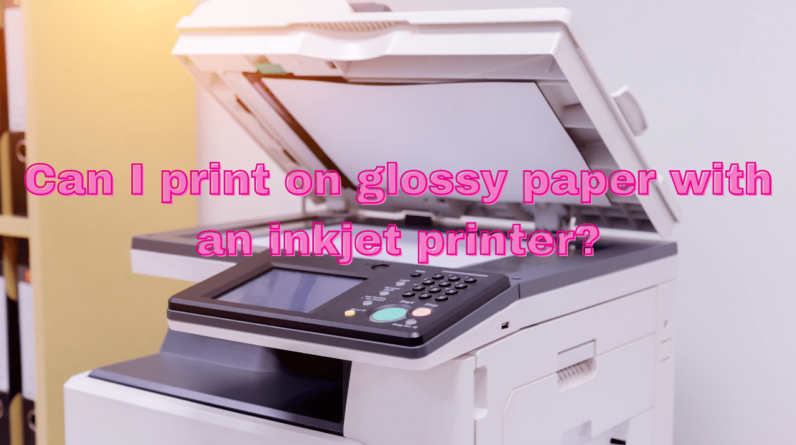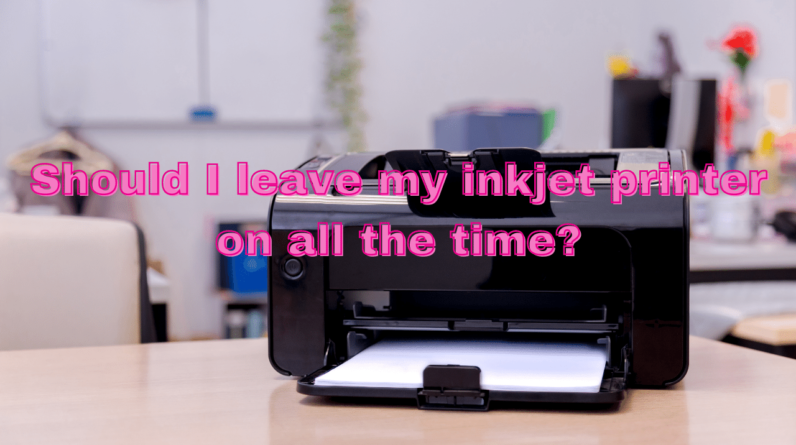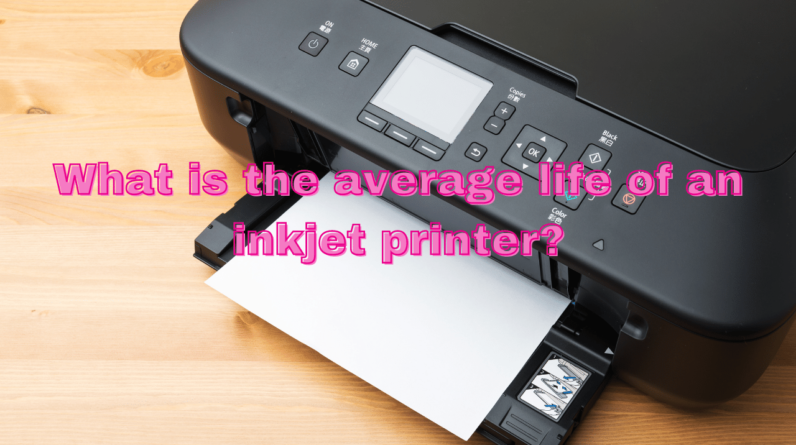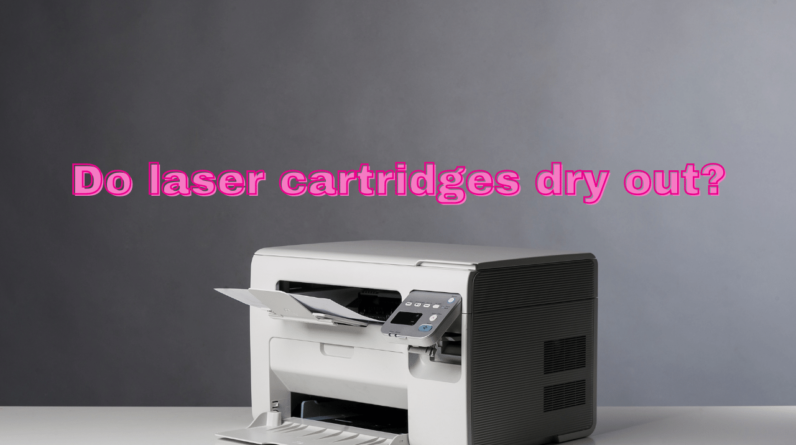
Disclaimer: This post may contain affiliate links. As an Amazon Associate, we earn from qualifying purchases.
Did you know that laser cartridges can dry out? If you’ve ever wondered about the lifespan of your laser cartridges, this article will provide you with all the information you need. From understanding why laser cartridges dry out to learning how to prevent it, we’ve got you covered. So, let’s dive into the world of laser cartridges and unravel the mysteries surrounding their drying out process.
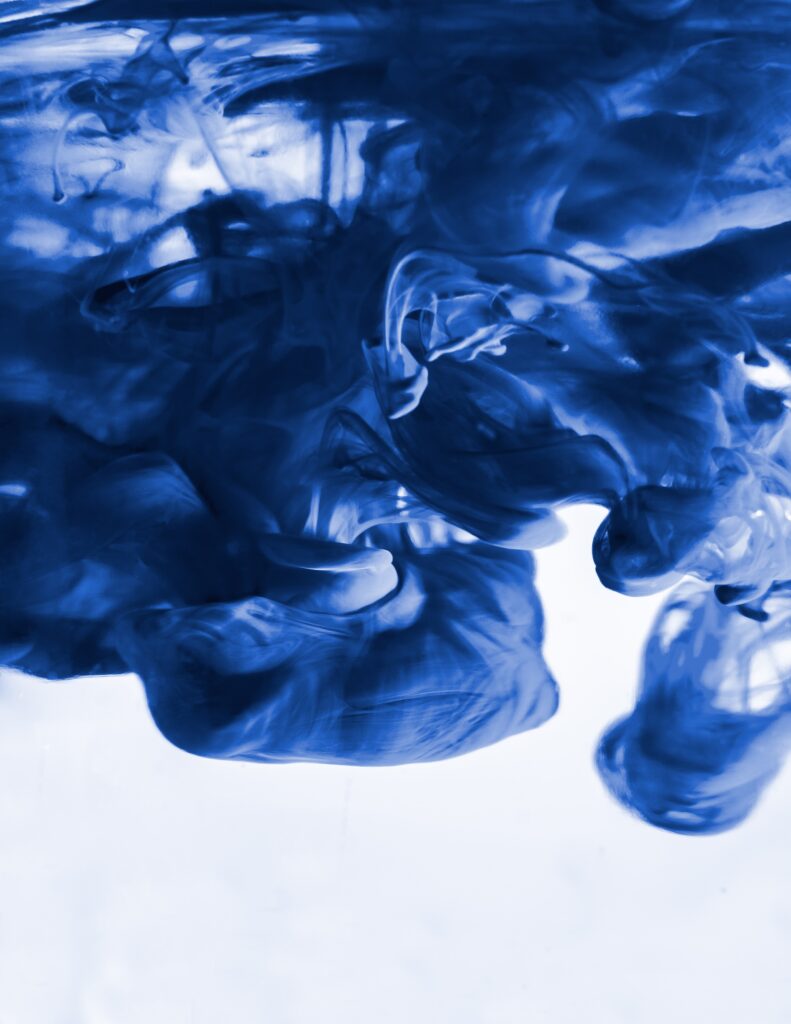
This image is property of images.unsplash.com.
How Laser Cartridges Work
Laser cartridges play a crucial role in the printing process by delivering high-quality prints with exceptional clarity and precision. They are designed to work seamlessly with laser printers and photocopiers, and understanding their functionality can help you maintain their performance and longevity.
Overview of Laser Cartridges
Laser cartridges are an essential component of laser printing technology that enables the transfer of toner onto the paper. They consist of several key elements, including a drum, developer roller, cleaning blade, and toner hopper. Laser printers use an electrostatic process to create images on the drum, which is then transferred onto the paper through heat and pressure.
Components of a Laser Cartridge
Let’s take a closer look at the components of a laser cartridge:
- Drum: The drum is a light-sensitive cylinder that receives an electrostatic charge to attract and hold the toner particles.
- Developer Roller: The developer roller ensures that the correct amount of toner is picked up from the toner hopper and applied evenly onto the drum surface.
- Cleaning Blade: The cleaning blade removes any excess toner particles from the drum to maintain print quality and prevent smudging.
- Toner Hopper: The toner hopper stores the toner powder, which is a fine blend of plastic, carbon, and colorants. It releases the toner onto the developer roller as needed.
Toner and its Role in Laser Cartridges
Toner is a key component of laser cartridges as it contains the powdered ink that is transferred onto the paper. It consists of fine particles that are attracted to the charged areas on the drum. When the toner is heated, it fuses with the paper, resulting in the final printed image. The quality and composition of the toner greatly affect the print results, so it is crucial to use high-quality toner cartridges that are compatible with your printer.
Factors That Influence Drying Out
Laser cartridges can occasionally dry out, leading to decreased print quality and potential damage to the cartridge itself. Understanding the factors that contribute to cartridge drying can help you take appropriate preventive measures.
Exposure to Air and Humidity
Exposure to air and humidity is one of the primary factors that can cause laser cartridges to dry out. When cartridges are exposed to air, the ink inside can evaporate, leading to a gradual reduction in the ink’s moisture content. Additionally, high humidity levels can contribute to moisture absorption, resulting in clumping of toner particles and clogging of the cartridge.
Frequency of Use
The frequency at which you use your printer can also impact the drying out of laser cartridges. If you use your printer infrequently or go for extended periods without printing, the ink inside the cartridge may dry out faster. Regular use helps to keep the ink flowing, preventing it from drying up and minimizing the risk of clogging or damage.
Storage Conditions
Improper storage conditions can significantly affect the lifespan of laser cartridges and accelerate the drying-out process. Extreme temperatures, excessive exposure to light, and storing cartridges in dusty environments can all contribute to the drying of ink and degradation of cartridge components. It is essential to store cartridges in a cool, dry, and clean place to minimize the risk of drying out.
Signs of a Dry Laser Cartridge
Recognizing the signs of a dry laser cartridge can help you take timely action to address the issue and prevent further damage to your printer and cartridge.
Faded or Patchy Prints
One of the most noticeable signs of a dry cartridge is faded or patchy prints. If your prints appear lighter or have areas with missing ink, it indicates that the toner is not properly adhering to the paper. This can result in reduced contrast, blurry edges, and an overall lack of clarity in your prints.
Lines or Streaks on Prints
Another common sign of a dry laser cartridge is the presence of lines or streaks on your prints. These lines can occur horizontally or vertically and may be caused by uneven distribution of toner due to clogged or dried-out cartridges. The lines often disrupt the smooth flow of ink, resulting in incomplete or distorted images.
Low Toner Yield
If you notice that your laser cartridge is running out of toner more quickly than usual, it could be an indication of dryness. Dry cartridges tend to dispense less toner onto the paper, which reduces the overall yield per cartridge. This means you may need to replace or refill your cartridges more frequently, resulting in increased printing costs.
Prevention and Maintenance
Preventing cartridge dryness and ensuring the longevity of your laser cartridges can be achieved through regular maintenance and proper care.
Regular Use
Using your printer regularly is one of the most effective ways to prevent laser cartridges from drying out. Regular usage keeps the ink flowing through the cartridges, preventing them from drying up. If you have an extended period of inactivity, it is recommended to print a few test pages to keep the cartridges functioning properly.
Proper Storage
Proper storage is vital to maintain the integrity of laser cartridges. Store your cartridges in a cool and dry place, away from direct sunlight and extreme temperature fluctuations. It is also important to keep them in original packaging or airtight containers to minimize exposure to air and humidity.
Avoiding Extended Periods of Inactivity
Minimize the risk of laser cartridge dryness by avoiding extended periods of inactivity. If you anticipate not using your printer for an extended period, it is advisable to remove the cartridges and seal them in a protective storage bag or container. This extra precaution can help preserve the moisture content of the ink and prevent the cartridges from drying out.
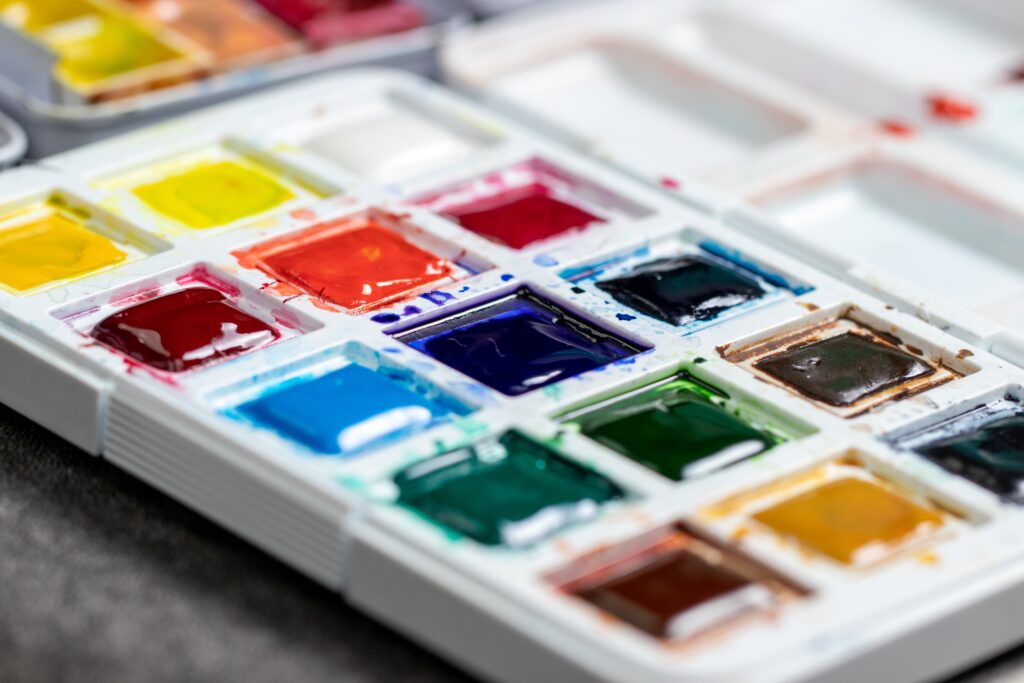
This image is property of images.unsplash.com.
Storage Tips for Long Periods of Inactivity
For periods of extended inactivity, it is essential to take additional measures to protect your cartridges from drying out. Here are some storage tips to consider:
Sealing the Cartridge
Before storing your cartridges, make sure to seal them tightly to prevent any exposure to air. Most cartridges come with protective seals, but if they don’t or the seals are damaged, you can use special storage bags or airtight containers designed for cartridge storage.
Choosing the Right Environment
Find a suitable environment for storing your cartridges during periods of inactivity. Look for a cool, dry, and dust-free area where the temperature remains within the recommended range (usually between 15-25 degrees Celsius or 59-77 degrees Fahrenheit). Avoid storing the cartridges in areas prone to high humidity, such as basements or bathrooms.
Shaking and Agitating the Cartridge
Occasionally shaking or gently agitating the cartridge can help prevent toner settling and clogging that can occur during long periods of inactivity. Carefully follow the manufacturer’s instructions before shaking the cartridge and ensure that the cartridge is properly sealed to prevent any toner spills.
Tips for Extending the Life of a Laser Cartridge
To get the most out of your laser cartridges and prolong their lifespan, here are some additional tips:
Print in Draft Mode
Printing in draft mode uses less toner than standard or high-quality modes. When high print quality is not essential, opting for draft mode can significantly extend the life of your cartridges. Draft mode reduces the density of toner used, resulting in less frequent replacement or refilling of cartridges.
Avoid Removing or Inserting the Cartridge Repeatedly
Repeatedly removing and inserting the cartridge can introduce air and disrupt the toner flow, potentially causing drying out or clogging. It is best to avoid unnecessary removals unless necessary for maintenance or replacement purposes.
Cleaning the Printer Regularly
Regularly cleaning your printer can help prevent dust and debris from accumulating on critical components, such as the drum and developer roller. Dust and debris can hinder the proper functioning of cartridges, leading to poor print quality and potential damage. Follow the manufacturer’s instructions on how to clean your printer properly.
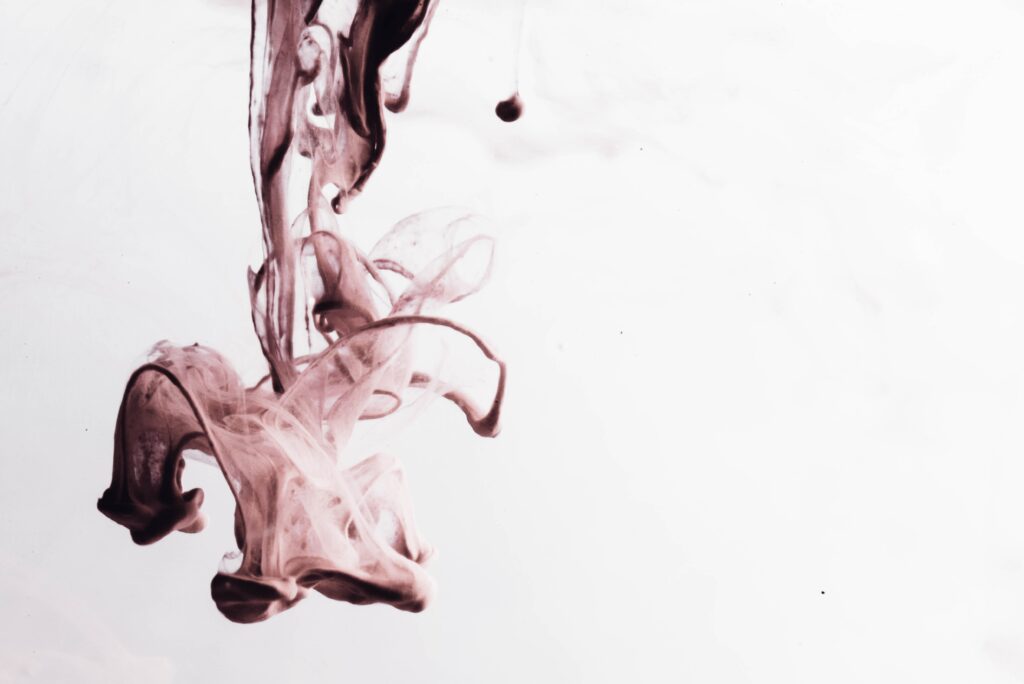
This image is property of images.unsplash.com.
Reviving a Dried Out Laser Cartridge
If you find yourself with a dried-out laser cartridge, there are some steps you can take to potentially revive it before considering a replacement or refill.
Removing the Cartridge
Start by removing the dry cartridge from your printer. Handle it with care and follow the manufacturer’s instructions to ensure safe removal.
Checking for Blockages
Inspect the cartridge for any blockages or clogs that may be preventing the proper flow of toner. Use a lint-free cloth or a cleaning brush to gently remove any excess toner or debris. Be cautious not to damage any delicate components during this process.
Replacing or Refilling the Toner
If the previous steps haven’t revived the cartridge, you may consider replacing the toner. Most cartridges come with replaceable toner cartridges, allowing you to easily refresh the ink supply. Alternatively, you can choose to have the cartridge refilled by a professional refill service. However, keep in mind that refilling cartridges may have some drawbacks, as we will discuss in the next section.
Pros and Cons of Refilling Cartridges
Refilling cartridges can seem like an attractive option due to potential cost savings, but it is essential to consider the following pros and cons:
Cost Savings
Refilling cartridges can often be more cost-effective than purchasing new ones. It allows you to reuse the cartridge shell and only refill the ink, significantly reducing the expense of buying new cartridges. This can be especially beneficial for high-volume printing needs.
Quality Concerns
Refilled cartridges may not always deliver the same print quality as genuine cartridges. Quality concerns may arise due to a variety of factors, such as variations in the quality of refilled ink, compatibility issues, or improper refilling techniques. It is crucial to choose a reputable refill service with a proven track record to minimize the risk of compromised print quality.
Warranty and Printer Compatibility
Using refilled cartridges may void the warranty on your printer. Manufacturers often recommend using genuine cartridges to maintain optimal performance and protect the printer from potential damage. Additionally, not all printers are compatible with refilled cartridges, so it’s essential to check the compatibility before opting for refills.
Importance of Using Genuine Cartridges
While the decision to use genuine cartridges or refilled cartridges depends on individual preferences and requirements, using genuine cartridges offers several advantages:
Quality and Reliability
Genuine cartridges are specifically designed and manufactured by the printer’s original equipment manufacturer (OEM). They undergo rigorous testing and quality control processes, ensuring consistent performance, superior print quality, and compatibility with your printer.
Protection of Printer Warranty
Using genuine cartridges helps protect your printer’s warranty. Printer manufacturers often require the use of genuine cartridges to maintain warranty coverage. Installing non-genuine cartridges may void the warranty, leaving you responsible for any potential repairs or replacements.
Environmental Considerations
Some genuine cartridges are recyclable through manufacturer-sponsored recycling programs, helping to reduce waste and promote sustainability. By using genuine cartridges, you contribute to a more environmentally friendly printing process.
Conclusion
Laser cartridges are pivotal to the functionality and print quality of laser printers. Proper care, regular maintenance, and protective storage can help prevent laser cartridges from drying out prematurely, ensuring optimal performance and extending their lifespan. By understanding the signs of a dry cartridge and taking preventive measures, you can enjoy high-quality, consistent prints while minimizing printing costs and environmental impact. Whether you choose genuine cartridges or opt for refills, make an informed decision based on your specific requirements to achieve the best possible printing experience.

